
Villa Adriana
Walk in the Footsteps of a Roman Emperor
Just 30 kilometers east of Rome lies one of the most extraordinary archaeological sites in Italy — Villa Adriana (Hadrian’s Villa). This sprawling imperial retreat, built in the 2nd century AD by Emperor Hadrian, is more than a villa — it’s an entire city designed for leisure, philosophy, and escape from Roman politics.
Covering over 120 hectares, the estate is a harmonious fusion of Greek, Egyptian, and Roman architecture, reflecting the emperor’s love of travel and culture. Today, the ruins of temples, theatres, spas, libraries, and reflection pools offer visitors a powerful journey into the mind of one of Rome’s most visionary rulers.
What Makes Villa Adriana Unique?
Unlike other Roman ruins that serve a single purpose, Villa Adriana was Hadrian’s masterpiece — part palace, part cultural retreat, and part architectural experiment.
Here, he recreated landmarks from across the empire:
- A sanctuary to the Egyptian god Serapis
- A Greek-style theatre island with a moat (Maritime Theatre)
- Ornamental gardens and water features inspired by his travels
This site isn’t just for history buffs — it’s a UNESCO World Heritage Site known for its romantic decay, cinematic views, and powerful energy.
Villa Adriana is not just an imperial residence, but a breathtaking architectural manifesto of Emperor Hadrian’s vision and ambition. In a single estate, he recreated some of the most iconic wonders of the ancient world—Egyptian temples, Greek theatres, Roman baths, and vast ornamental gardens—reflecting the diverse cultures he encountered during his travels across the empire. Each corner of the complex embodies a different region, skillfully reinterpreted and harmonized into a unified retreat meant not only for luxury and contemplation, but as a symbolic representation of Rome’s cultural richness. It remains the only site in antiquity where an emperor sought to rebuild the empire’s essence in stone and water.
Must-See Highlights
🔹 Canopus and Serapeum
A long, shimmering pool flanked by statues and columns, designed to evoke the Egyptian city of Canopus. It’s the villa’s most iconic and photogenic spot.
🔹 Maritime Theatre (Teatro Marittimo)
A circular mini-palace surrounded by a water-filled moat — thought to be Hadrian’s private retreat, where he could reflect and relax in solitude.
🔹 Pecile
A massive open space with a central reflection pool, framed by colonnades. Historians believe this was modeled after Greek gymnasiums and used for walking and reading.
🔹 The Baths
The villa has several bath complexes, both public and private, showcasing ancient Roman engineering in water heating and circulation.
How to Get to Villa Adriana from Rome
Getting to the site is simple and scenic:
🛤️ By Train:
- From: Roma Termini or Tiburtina
- To: Tivoli station (FL2 line)
- Duration: ~45–60 minutes
- From Station to Villa: ~10 minutes by taxi or local CAT bus
🚗 By Car:
- ~40 minutes from Rome via the A24 motorway
- Paid parking available near the site
🕐 Opening Hours:
- Usually open daily from 8:30 AM to 1 hour before sunset
- Closed on January 1st and December 25th
🎟️ Tickets:
- Around €10 for adults, with discounts for EU citizens under 25
- Free for children under 18
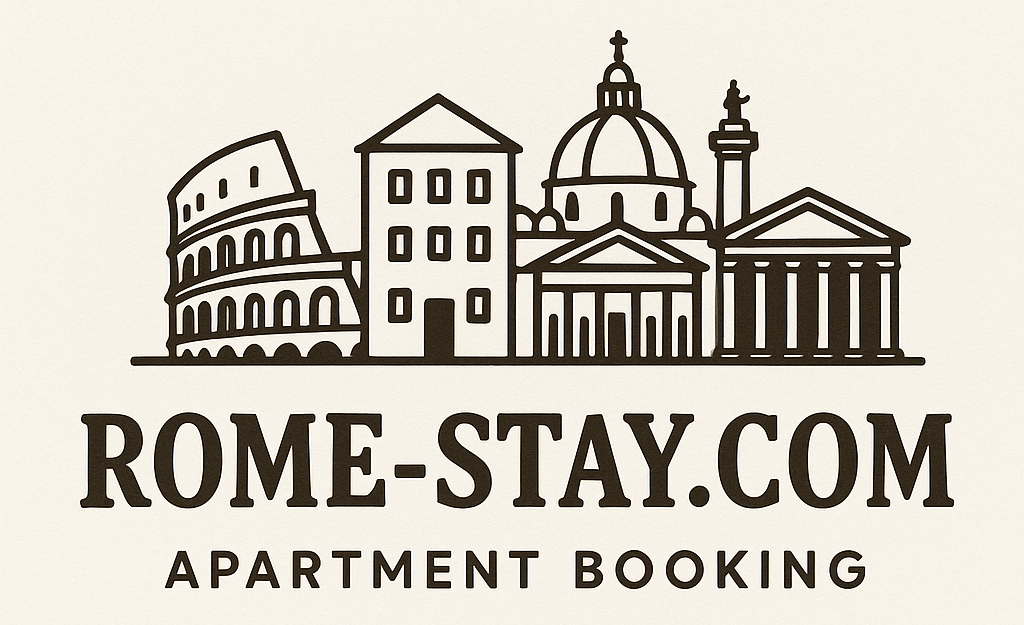
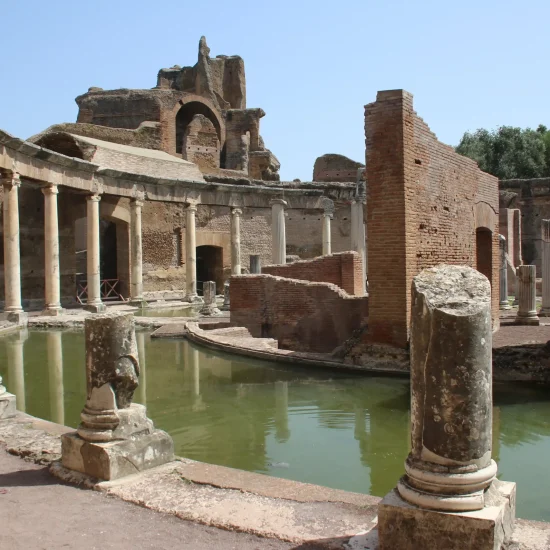
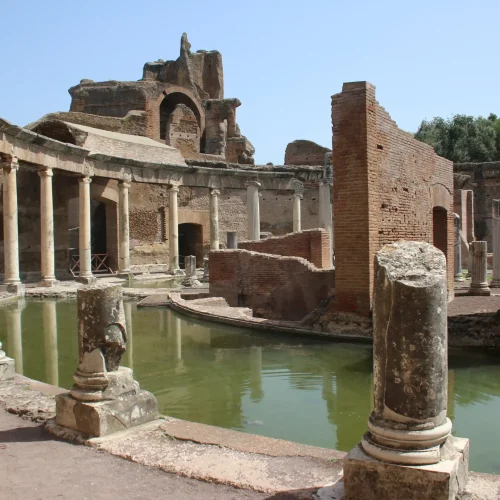
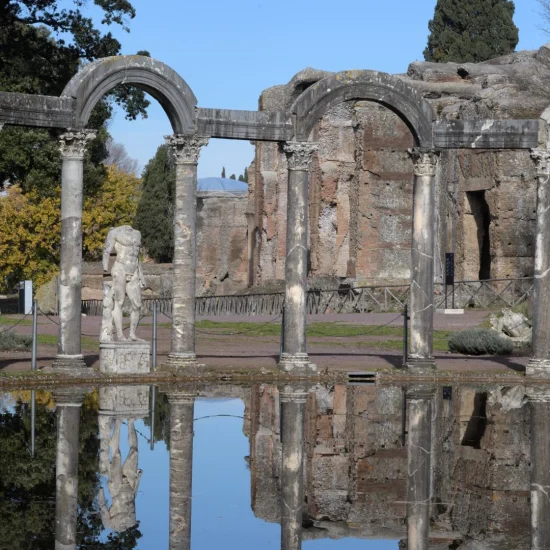
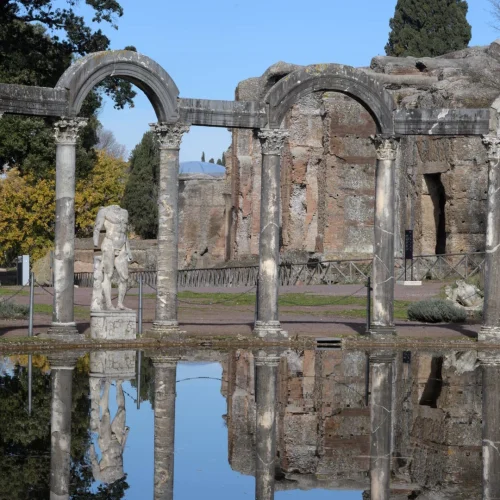
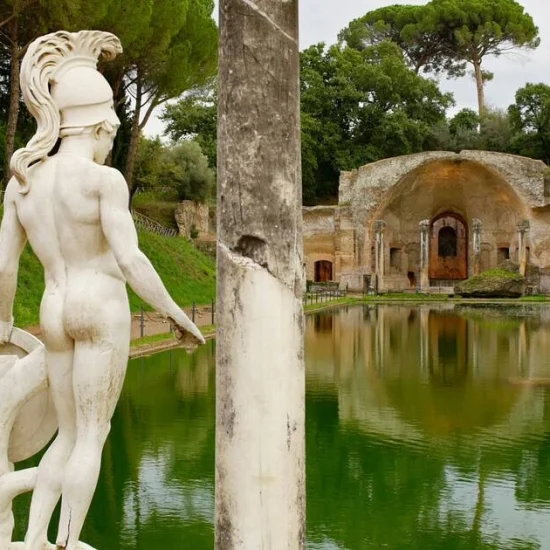
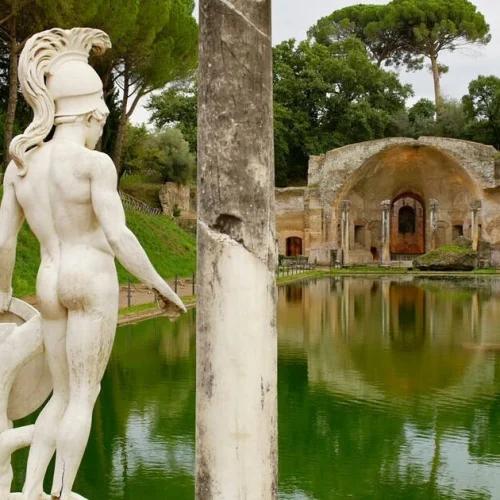





No comments yet